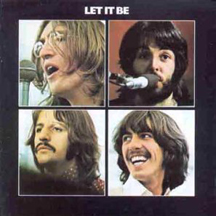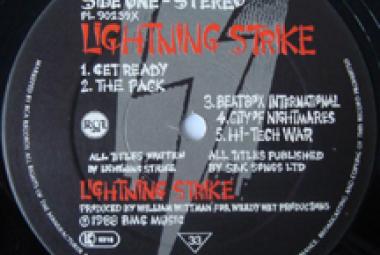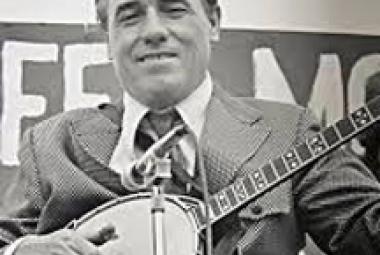Let it Be is the twelfth and final studio album by the English rock band the Beatles. It was released on 8 May 1970, almost a month after the group’s break-up. Most of Let it Be was recorded in January 1969, before the recording and release of the Beatles’ album Abbey Road. Let it Be was originally intended to be released midway through 1969, as Get Back; a new version of the album was created by Phil Spector in 1970 and finally released as Let it Be, serving as the album for the 1970 motion picture of the same name. While three songs from the sessions were released as singles before the album’s release, “Get Back”/“Don’t Let Me Down” and “Let it Be”, the songs were remixed by Spector for the album, and “Don’t Let Me Down” was not included. (More from Wikipedia)
Both Paul McCartney and John Lennon have called Buddy Holly a primary influence on their work; Ian Whitcomb once said that “Buddy Holly and the Crickets had the most influence on the Beatles”. The Beatles did a lovely cover of “Words of Love” that was released in late 1964 on their album Beatles for Sale. During the recording sessions for the Let it Be album in January 1969, the Beatles recorded a slow version of “Mailman, Bring Me No More Blues” (a song popularized by Buddy Holly, though not written by him); the song was later released on Anthology 3. Also, John Lennon recorded a cover of “Peggy Sue” on his 1975 solo album Rock ’n’ Roll.
(June 2013/1)
Phil Spector’s work with the Beatles on their final album, Let it Be is more controversial, with many contending that it was more overproduction than production in that case. Ultimately, the album was re-released in 2003 without Spector’s production and overdubs under the name Let it Be . . . Naked. Still, Phil Spector worked with John Lennon on several of his solo albums.
(October 2013)
It is natural for any band to evolve over the course of their career; though their core sound was intact, the Beatles who recorded Please Please Me in 1963 are quite different from the band who released Abbey Road in 1969. (The Beatles released one more album, Let it Be after Abbey Road; but most of this music was actually recorded earlier). Some bands change more than others, however.
(June 2014)
* * *
Two of the earliest Lennon/McCartney songs are “One After 909” and “Hello Little Girl”, both written primarily by John Lennon; Wikipedia says that they date from 1957. “One After 909” was included on the Beatles’ very last album, Let it Be and was also performed during the famous rooftop concert that is included in the film, Let it Be.
(June 2015)















